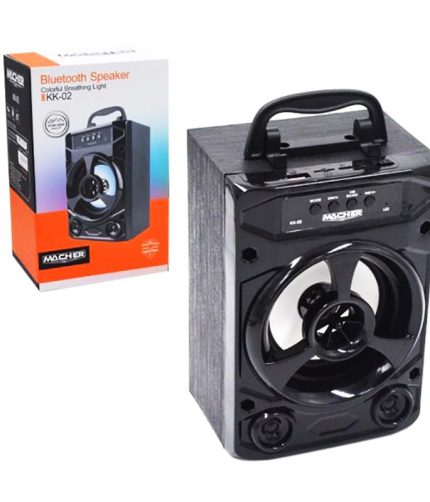On the earth of flooring options, vinyl has risen to prominence for its versatility, durability, and affordability. Whether or not you are renovating your property or starting from scratch, vinyl flooring presents a compelling choice. But before you make your determination, it’s crucial to understand everything about vinyl flooring to make sure it suits your needs perfectly.
What is Vinyl Flooring?
Vinyl flooring is a synthetic flooring material made from polyvinyl chloride (PVC) and other additives like plasticizers, stabilizers, and pigments. It is available in a wide range of forms, including sheets, tiles, and planks, each offering distinctive benefits suited to completely different environments.
Types of Vinyl Flooring
Luxury Vinyl Tile (LVT): LVT mimics the look of natural materials like stone or wood with remarkable realism. It is highly durable, water-resistant, and ideal for high-visitors areas.
Vinyl Plank Flooring: This type of vinyl flooring resembles hardwood planks, providing a classic aesthetic without the upkeep requirements of real wood. It is an excellent choice for moisture-prone areas like kitchens and bathrooms.
Vinyl Sheet Flooring: Vinyl sheets come in giant rolls, offering seamless installation and simple maintenance. They’re splendid for spaces where moisture and spills are common.
Benefits of Vinyl Flooring
Durability: Vinyl flooring is incredibly resilient, resisting scratches, dents, and stains, making it good for households with pets and children.
Water Resistance: Unlike hardwood or laminate, vinyl flooring is waterproof, making it suitable for areas prone to moisture like loos, kitchens, and basements.
Easy Maintenance: Vinyl flooring requires minimal maintenance. Regular sweeping and occasional mopping are typically all that is needed to keep it looking pristine.
Versatility: With a wide range of colors, patterns, and textures available, vinyl flooring can complement any design aesthetic, from traditional to contemporary.
Affordability: Compared to hardwood, tile, or laminate flooring, vinyl is usually more budget-friendly, providing a cost-effective resolution without compromising on quality.
Installation Process
Vinyl flooring might be put in using several methods:
Peel-and-Stick: Ultimate for DIY lovers, peel-and-stick vinyl tiles or planks come with adhesive backing, allowing for straightforward installation without the need for additional adhesives.
Glue-Down: In this methodology, vinyl flooring is glued directly to the subfloor utilizing a particular adhesive. It provides a more everlasting and stable installation suitable for high-visitors areas.
Loose Lay: This set up methodology includes laying vinyl sheets or planks directly onto the subfloor without adhesive. The burden of the flooring and friction keep it in place, making it simple to replace or remove.
Maintenance Ideas
To keep your vinyl flooring looking its finest:
Common Cleaning: Sweep or vacuum the floor frequently to remove dirt and debris. Use a damp mop with a mild detergent for deeper cleaning.
Protective Measures: Place mats at entryways to prevent grime and grit from scratching the surface. Use furniture pads to stop scratches and zapakita01 dents from heavy furniture.
Avoid Harsh Chemical substances: Steer clear of abrasive cleaners or wax-primarily based products, as they’ll damage the surface of vinyl flooring.
Conclusion
Vinyl flooring affords a winning mixture of durability, versatility, and affordability, making it a wonderful choice for any home. With a myriad of styles and installation options available, discovering the proper vinyl flooring to suit your wants has by no means been easier. By understanding its benefits, set up methods, and maintenance requirements, you may confidently choose vinyl flooring to enhance the beauty and functionality of your space for years to come.














